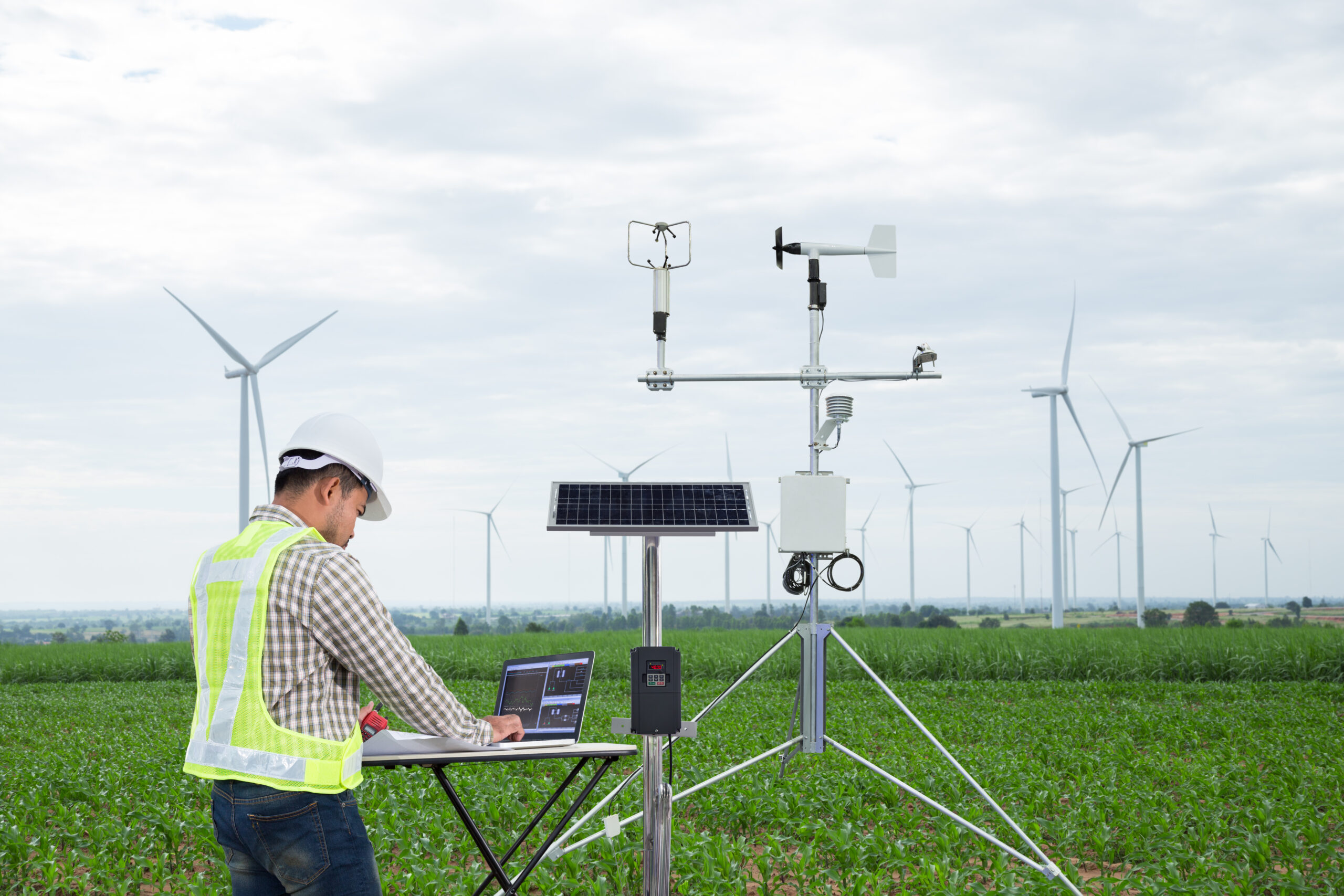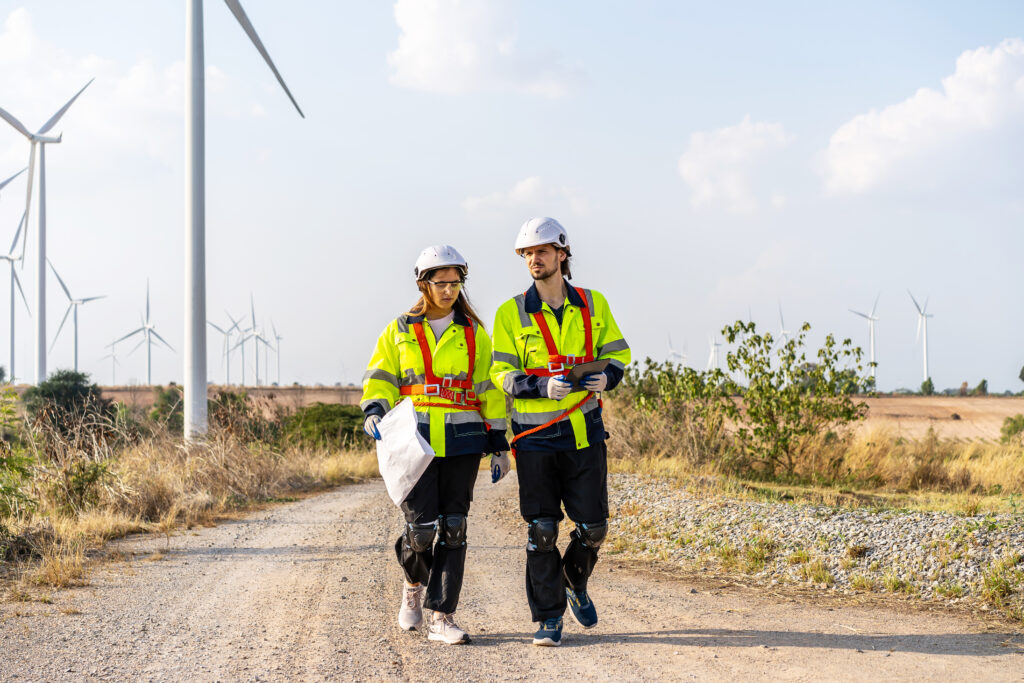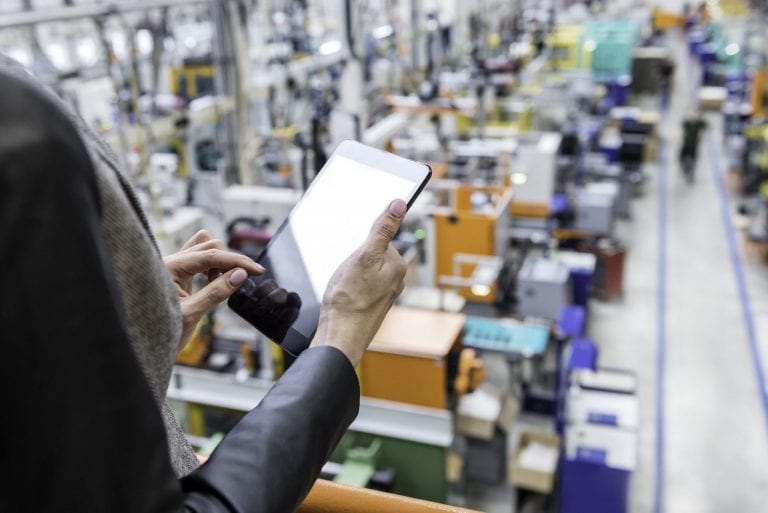
By: SubContractors USA
S&P Global
Introducing reflective clouds and sequestering carbon captured from the ocean to mitigate Earth’s temperature may seem like ideas from science fiction, but these geoengineering methods are already a reality, as discussed by a panel of experts at CERAWeek by S&P Global’s Climate Hub.
Scott Collis, an atmospheric scientist, and department head at Argonne National Laboratory, pointed out that climate change itself is a consequence of human activities, highlighting that despite extensive efforts to reduce greenhouse gas emissions, the planet continues to warm rapidly, leading to significant disruptions in global weather patterns and ecosystems.
Mukul Sharma, a professor at Dartmouth College, explains that geoengineering aims to counteract the climate effects triggered by CO2 emissions.

This can be achieved through two methods: reducing solar radiation reaching the Earth or directly removing CO2 from the atmosphere.
Sharma’s research led to the development of a technique using clay minerals to capture atmospheric carbon dioxide and store it in the ocean.
“The idea of geoengineering is to reverse climate impacts caused by CO2 emissions,” Sharma said, per reports. “One is to reduce the amount of solar radiation coming to the earth; the other is to remove the CO2 itself.”
Sharma emphasized the importance of engineered strategies to mitigate climate change impacts but stressed that they should not replace efforts to reduce emissions.
William Pizer from Resources for the Future cautioned that while interventions like geoengineering may be necessary to prevent severe consequences of climate change, they come with their own set of challenges and ethical dilemmas.
Pizer noted that solar radiation modification, for example, can alter weather patterns and precipitation, highlighting the global ramifications of such actions by individual entities.
“One thing to realize is that solar radiation modification is not negative climate change,” he said. While it can lower global temperatures, “it’s a different direction. So, it’s going to change weather patterns, it’s going to change precipitations.”
And the actions of one company or government will have global implications.
Luke Iseman, CEO of Making Sunsets, explained that his company has devised a cost-effective method to mitigate solar radiation by deploying artificial clouds using weather balloons, which release reflective sulfur particles into the stratosphere.
Drawing inspiration from natural occurrences like large volcanic eruptions, this approach aims to lower global temperatures. However, Iseman humorously suggested that individuals with significant resources should consider deploying mirrors in space instead.







